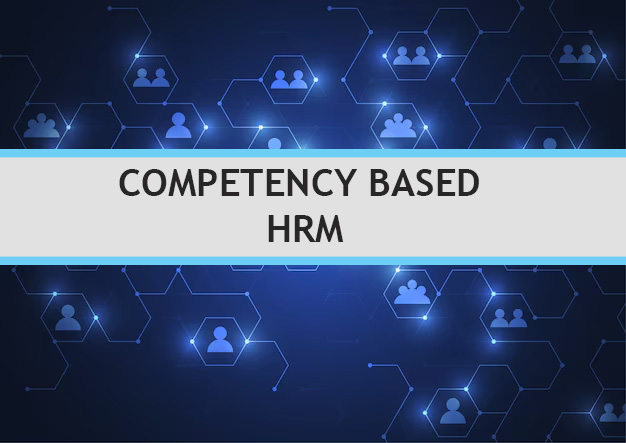COMPETENCY BASED HRM, Definition, Components, Benefits: In the fast changing world of today’s companies, businesses are always looking for new ways to make better use of their workers. Competency-Based Human Resource Management (CBHRM) is a smart and successful way.

Also See: How to Improving Business Performance Through Strategic HRM?
It looks at people’s skills, knowledge, and talents to help companies win big. This piece talks about the main ideas, good things and ways to put into action Competency-Based HRM. In this article, we will get to know about COMPETENCY BASED HRM, Definition, Components, implementation strategies and it Benefits.
Also See: Stylish Text Generator
Also See: What are the factors responsible for the growth of HRM
COMPETENCY BASED HRM, Definition, Components, Benefits
What is Competency-Based HRM
Competency-Based Human Resources Management (HRM) is a smart plan. It focuses on finding, helping grow and control the skills of workers to reach company goals. Skills are a mix of knowledge, skills, abilities and qualities that help make you better at your job. CBHRM changes the usual HR job from just taking care of people to carefully matching human resources with what an organization wants.
Key Components of Competency-Based HRM
- Competency Identification
Looking at job positions and figuring out the important skills needed for success. Differentiating between main skills that apply to the whole company and special abilities just for certain jobs.
- Competency Frameworks
Making clear plans that list the needed skills for every job position. Putting skills into three categories: behavioral, technical and leadership.
- Competency Assessment
Checking very carefully what skills workers have now. Using tools like performance reviews, self-checks and full circle feedback for a complete check.
- Competency Development
Creating special education programs to improve known skills. Promoting a mindset of always learning and getting better at skills.
- Competency-Based Recruitment
Matching hiring processes with known abilities to be sure we pick candidates who have the needed skills. Adding skill-based interviews and tests when picking new workers.
Also See: Competency Mapping: Definition, Process And Needs
Benefits of Competency-Based HRM
- Enhanced Performance: When employee skills match the goals of a company, both workers and the whole team perform better.
- Strategic Workforce Planning: Helping groups find out what skills they need and plan for getting future staff.
- Employee Engagement: Taking care of an employee’s growth helps make the workplace happy and fun.
- Improved Decision-Making: Making good HR choices that are based on knowing the skills of employees well.
- Adaptability and Innovation: Creating a workforce with different and changeable skills helps make the company flexible and creates new ideas.
Implementation Strategies
- Leadership Commitment: Getting promise from important leaders is very important for the successful use of CBHRM.
- Communication and Training: Telling people about changing to a skill-focused way and giving guidance to HR workers, bosses, and staff.
- Technology Integration: Using HR tech tools to track, measure and report skills effectively.
- Continuous Monitoring and Evaluation: Checking and checking how well competency-based plans work, then making changes if needed.
Also See: Limitations Of Performance Appraisal System
Conclusion
Skill-based HR management is not just a fad; it’s an important strategy for today’s competitive business world. CBHRM helps companies grow, change and win by matching worker skills with what the business needs. As companies keep changing, using Competency-Based HRM is a smart idea that helps use all talents of people. It’s good for the future. We hope that you liked out article, COMPETENCY BASED HRM, Definition, Components, implementation strategies and it Benefits.